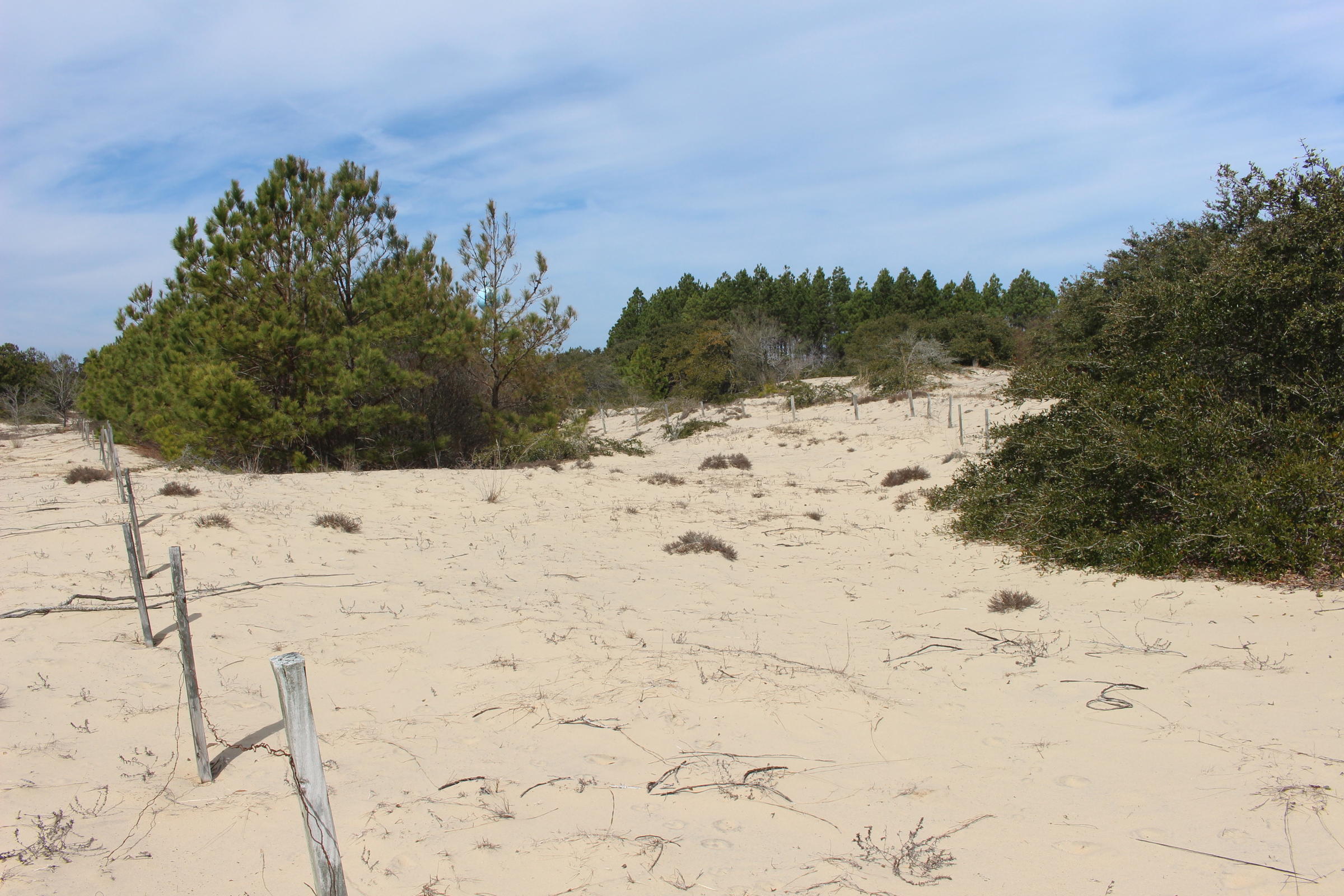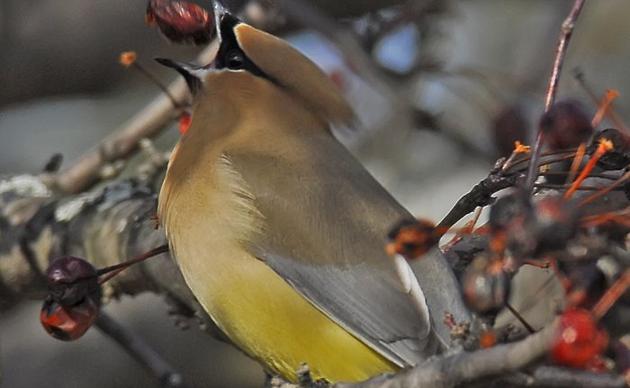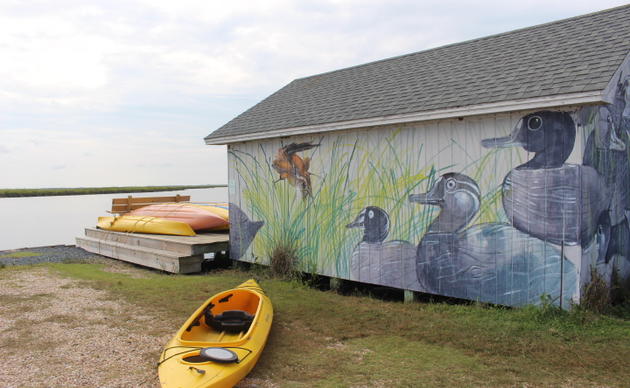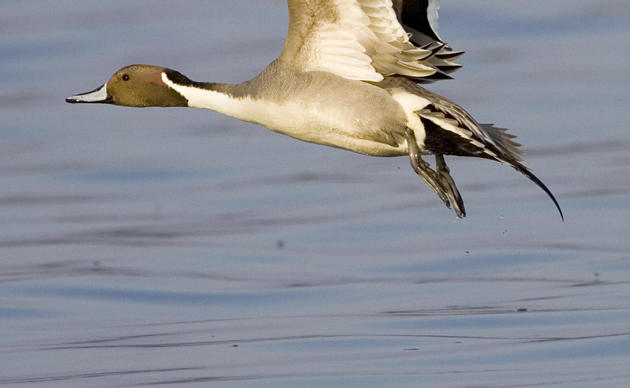Stable Dune Barren (Beach Heather Subtype): Occurs as small to medium size patches on higher portions of relict dunes surrounded by forest or occasionally scrub. The barrens are on the highest parts of the dunes, often with forest in lower areas around them. However, in some places the topographic difference is slight. The vegetation is very open, with much open sand and with vegetation cover sometimes as low as 5%. Most prominent among the sparse plants are Hudsonia tomentosa, Diodia teres, and Triplasis purpurea var. purpurea. Quercus virginiana, Smilax auriculata, and Morella pensylvanica occur as scattered individuals, small inclusions, or in the transition to adjacent communities. Other species include Dichanthelium sp., Panicum amarum, Euphorbia polygonifolia, Lechea maritima, Rumex hastatulus, Cenchrus tribuloides, Schizachyrium littorale, Eragrostis sp., and Polypremum procumbens. Most of the patches appear to be free of human disturbance. Some patches in the southern part of the site, near the airstrip, are ambiguous, and may have been artificially cleared. The dynamics of all likely has been affected by the creation of continuous foredune, which prevent overwash and reduce salt spray. This community may have developed only after dune building, or conversely, it may once have been more extensive and may have been displaced by growing forests.
From the Site Survey report conducted by:
Michael P. Schafale, Ecologist
Natural Heritage Program
Division of Land and Water Stewardship
North Carolina Department of Natural and Cultural Resources
How you can help, right now
Stay in Touch with Pine Island
Learn about the bird conservation research taking place at Pine Island and find nature-focused events happening at this Important Bird Area along the Outer Banks in our periodic eBulletin.
Kayak Sign-up
Click Orange Button to register for Guided Kayak Programs
Protect the Sanctuary
Every donation will be used to protect the 6,000 acres of marsh complex within the sanctuary and the wildlife it supports.




